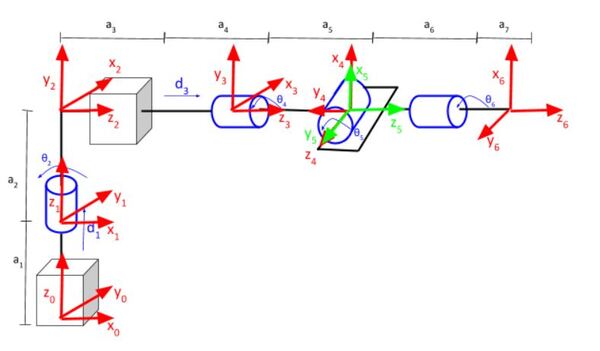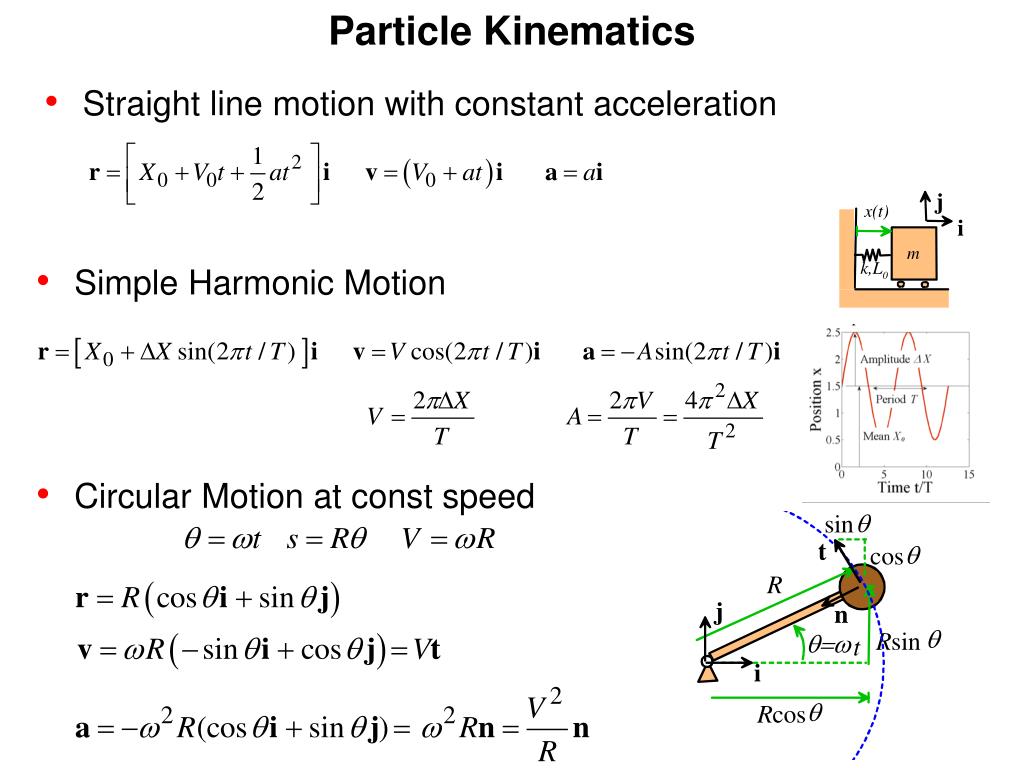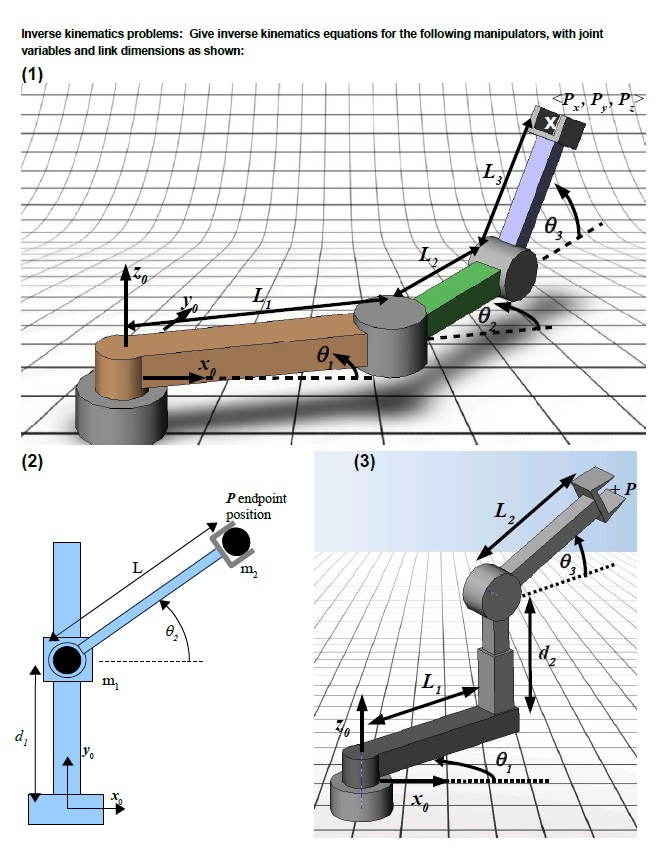
- Kinematics input to postview pdf#
- Kinematics input to postview software#
- Kinematics input to postview code#
The network’s results outperformed most reports of root mean squared errors and correlation coefficients attained by musculoskeletal modeling and surrogate measures of KAMs. CONCLUSIONS: The LSTM network designed in this study revealed knee joint forces could accurately be predicted by using only kinematic input variables. The overall best-selected network contained frontal hip and knee, and sagittal hip and ankle input variables and presented the finest visual waveform agreement with the in vivo data (R 2=0.77, RMSE=0.27). 2.1 If the desired point is at the center of the rear axle. Three reference points of the kinematic model. RESULTS: The top five networks demonstrated excellent fit with the training data, achieving RMSE 0.69 for medial forces, but only R 2 > 0.15 for lateral forces. To analyze the kinematics of the bicycle model, we must select a reference point X, Y on the vehicle which can be placed at the center of the rear axle, the center of the front axle, or at the center of gravity or cg. Waveform accuracy was explained by the proportion of variance and root mean square error between network predictions and in-vivo knee joint contact forces data. tripcodeemail to locate posts that contain either the word tripcode or email in them. The Grand Challenge data were used for training, while the CAMS data were used for testing. Text search Place a in between expressions to get one of them in results, e.g. A long-short term memory network (LSTM) was created to predict knee forces using combinations of the kinematics inputs. Medial and lateral knee joint contact forces (normalized to body weight) and inverse kinematics were imported into MATLAB and normalized to 101 data points. Inverse kinematics were used to derive three-dimensional hip, two-dimensional knee (sagittal & frontal), and one-dimensional ankle (sagittal) kinematics during the stance phase of normal walking for all subjects. METHODS: This study included all six subjects’ (71.3☖.5kg, 1.7☐.1m) data from the opensource “Grand Challenge” datasets () and two subjects from the "CAMS" datasets, consisting of motion capture and in-vivo instrumented knee prosthesis data (e.g.

Therefore, the purpose of this study was to design a novel prediction method for knee joint contact forces that is equal or more accurate than modeling, yet simplistic in terms of required inputs. Despite its capabilities, modeling is not optimal for clinicians or persons with limited experience and knowledge.

Some unofficial versions in other languages are being developed:
Kinematics input to postview code#
The code is optimized neither for efficiency nor robustness.
Kinematics input to postview software#
The primary purpose of the provided software is to be easy to read and educational, reinforcing the concepts in the book.

Basic functions, such as functions to calculate the magnitude of a vector, normalize a vector, test if the value is near zero, and perform matrix operations such as multiplication and inverses, are not documented here. Functions are organized according to the chapter in which they are introduced in the book.
Kinematics input to postview pdf#
This repository also contains a pdf document that provides an overview of the available functions using MATLAB syntax. TheĮach function has a commented section above it explaining the inputs required for its use as well as an example of how it can be used and what the output will be.

Mechanics, Planning, and Control (Kevin LynchĪnd Frank Park, Cambridge University Press 2017). This repository contains the code library accompanying Modern Robotics: Modern Robotics: Mechanics, Planning, and Control Code Library


 0 kommentar(er)
0 kommentar(er)
